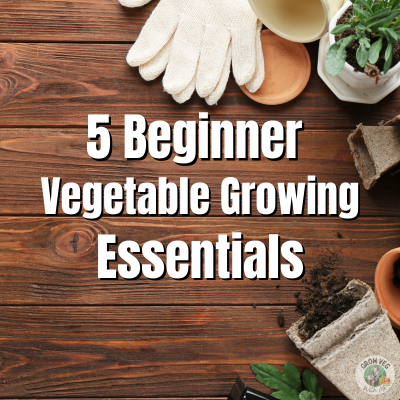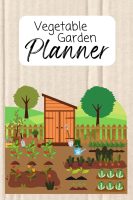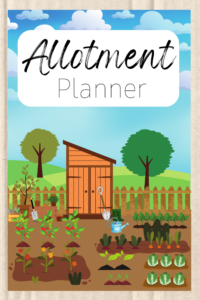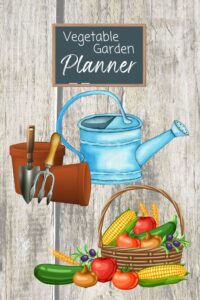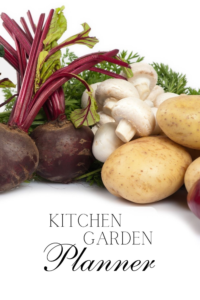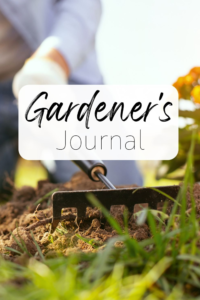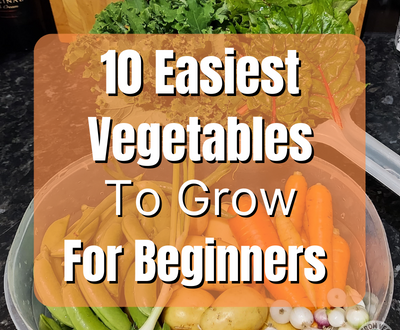Have you decided that you want to grow your own vegetables but don’t know where to start? Don’t worry because I’ll go over the basics and tell you the 5 beginner vegetable growing essentials that you need to make it happen.
5 Beginner Vegetable Growing Essentials:
Where should you begin?
1. Growing Space
Believe it or not, you don’t actually need a garden to grow you own vegetables. In fact, when I started out the only space I had was a tiny back yard. You can also grow on a patio or a balcony – basically anywhere your plants will have sun for at least part of the day.
You will also need to ensure that your plants have enough water, so make sure that if the space is not your own, that you have access to a constant supply. This is especially important during the summer, when your plants are more likely to dry out (this happens much quicker when using containers).
2. Growing Medium
Unless you’re planning to grow hydroponically, you’re going to need some growing medium in the form of soil or compost.
A mix of both is preferable but this depends on your growing space. If you don’t have access to a garden then you can buy bags of compost from your local garden centre.
Don’t worry about buying an expensive mix with additives included in it, I’ve found that bog standard compost works just fine, especially if you’re just starting on your growing journey.
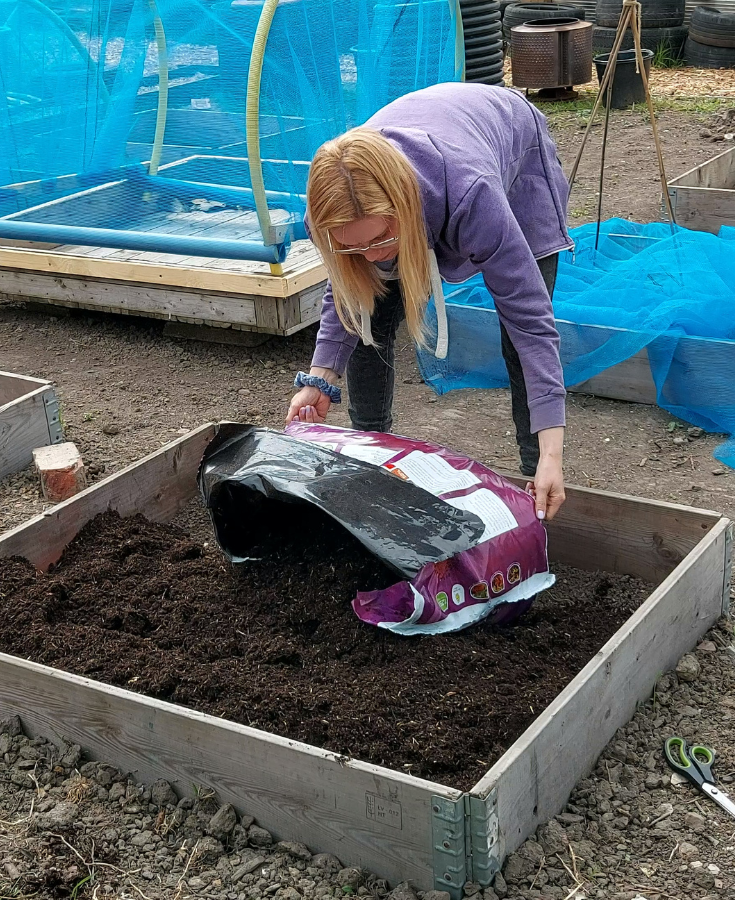
3. Seeds or Plug Plants
You can find packets of seeds for sale in lots of places now, even in the supermarkets but they may not be the best way to grow vegetables for a complete beginner. For one thing, you will need extra space to sow your seeds so if you’re using a balcony to do all of this, you could be limiting the amount of plants you can grow. Also, seedlings are harder to keep alive than more established plants and you may have to re-sow if you lose some.
Plug plants are already a certain size and are sold at garden centres. They usually come with instructions on how to care for the plants and they are less likely to die on you because they aren’t as small and vulnerable as seedlings are.
I grew from both seeds and plug plants – guess which ones I managed to keep alive!
If you aren’t sure which vegetables to grow, this post may be helpful:
4. Equipment
Growing in a small space you will need some containers for your plants, and if you are growing from seed, you will need somewhere to sow them. You can buy seed trays or reuse plastic containers like yoghurt pots or fruit containers.
Basic tools like a trowel and fork can be bought together in a gardening set and are the perfect size for container growing. You can even buy really pretty ones like this one. Those of you with a garden will probably need a spade and a rake with a longer handle to save your back when you’re preparing the soil for planting.
Another essential item is a watering can, but again, you don’t need to go out and buy one. I used a plastic milk carton and made some holes in the cap with a hot needle. Although it wasn’t pretty, it worked fine and didn’t cost me a penny!
5. Growing Plan
Although this is the last point, it is the most important. You don’t need to plan everything down to the last detail, but it really helps to have some sort of idea of which plants you are going to grow and where they are going to go. Seed packets and labels on plug plants will contain information that will help you to decide, so if you have a very small space and only half of it gets full sun, you will need to make sure you buy the correct plants that area or they may not grow very well.
Timing of seed sowing and planting out is important to get the best yield from your vegetable plants, so you should make a record of when this should be done according to the instructions. it is also a good idea to choose plants which are easy to grow to avoid too much complication for your first season.
I wanted somewhere to keep all of my plant information because I was fed up of having to rummage through my seed packets every time I wanted to check something
These 5 Beginners Vegetable Growing essentials are the bare basics and there is a lot more information I could give you. However, I found that too much to think about when you’re just starting out isn’t helpful!
One more point I will leave you with is not to try to grow too much at first. Plan to grow just a few vegetables and make them ones that you really like to eat. You will find it much more enjoyable that way and easier to manage.
I hope you found this post helpful – if you did please leave me a comment below and visit my instagram page and Youtube channel where you can see more of what I’ve been up to.
Let me know what you’re growing at the moment and how you’re doing.
This post may contain affiliate links. If you click one and make a purchase, I may receive a small commission. This will be at no additional cost to you. You can read our disclosure policy here.


